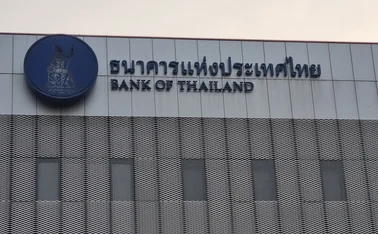
Book notes: Shadow banking in China, by Andrew Sheng and Ng Chow Soon
The authors dispel many myths about shadow banking in China

Andrew Sheng and Ng Chow Soon, Shadow banking in China: An opportunity for financial reform, Wiley, 2016, 288 pages
Is China at risk of a financial crisis? Many influential voices believe so, including the Bank for International Settlements, which recently warned that one of its indicators of banking risk, the credit-to-GDP gap, had now risen to over three times the level it considers a danger signal. However, the countervailing view is that the risks of a Chinese financial crisis are
Only users who have a paid subscription or are part of a corporate subscription are able to print or copy content.
To access these options, along with all other subscription benefits, please contact info@centralbanking.com or view our subscription options here: subscriptions.centralbanking.com/subscribe
You are currently unable to print this content. Please contact info@centralbanking.com to find out more.
You are currently unable to copy this content. Please contact info@centralbanking.com to find out more.
Copyright Infopro Digital Limited. All rights reserved.
As outlined in our terms and conditions, https://www.infopro-digital.com/terms-and-conditions/subscriptions/ (point 2.4), printing is limited to a single copy.
If you would like to purchase additional rights please email info@centralbanking.com test test test
Copyright Infopro Digital Limited. All rights reserved.
You may share this content using our article tools. As outlined in our terms and conditions, https://www.infopro-digital.com/terms-and-conditions/subscriptions/ (clause 2.4), an Authorised User may only make one copy of the materials for their own personal use. You must also comply with the restrictions in clause 2.5.
If you would like to purchase additional rights please email info@centralbanking.com test test test







